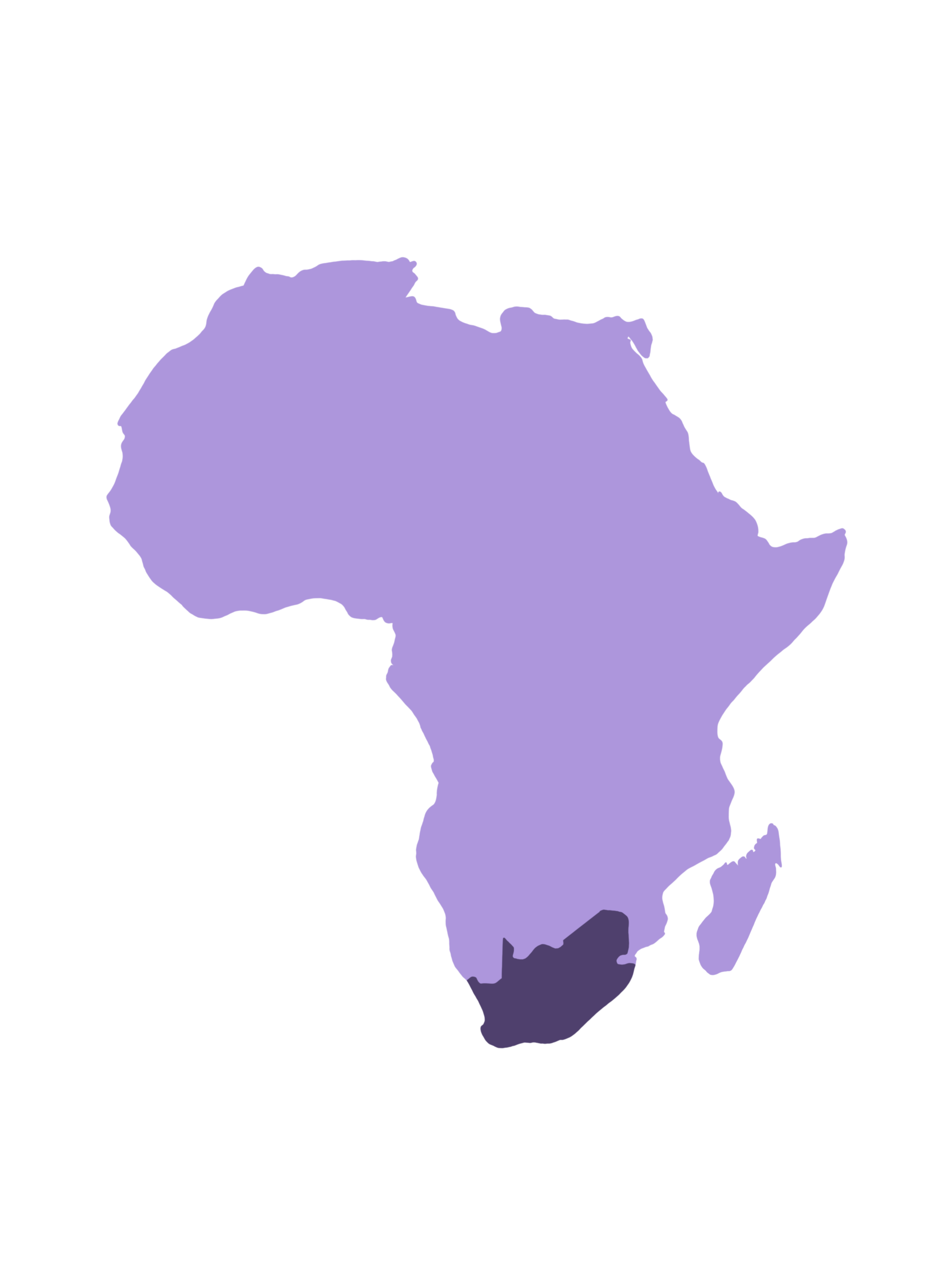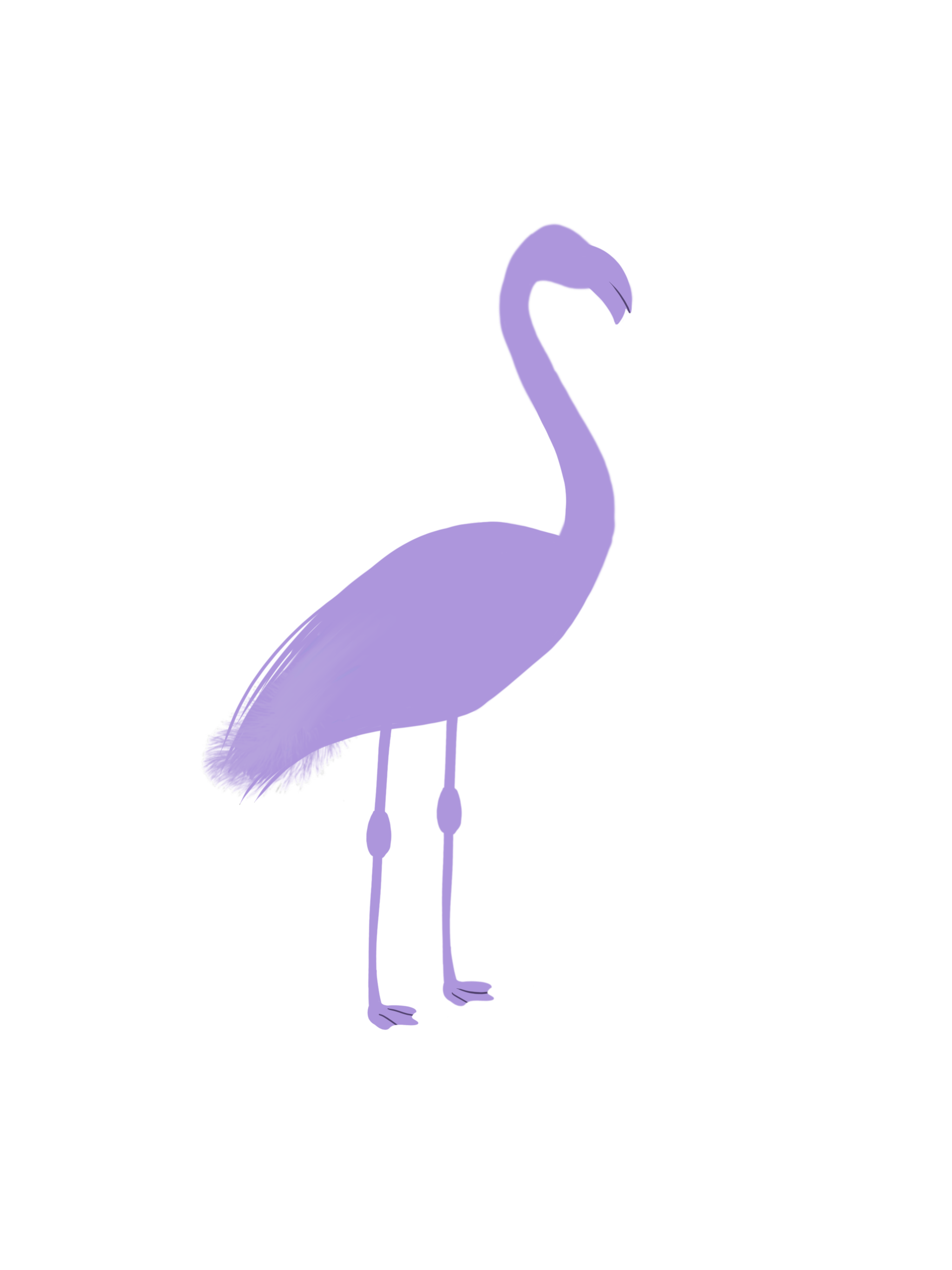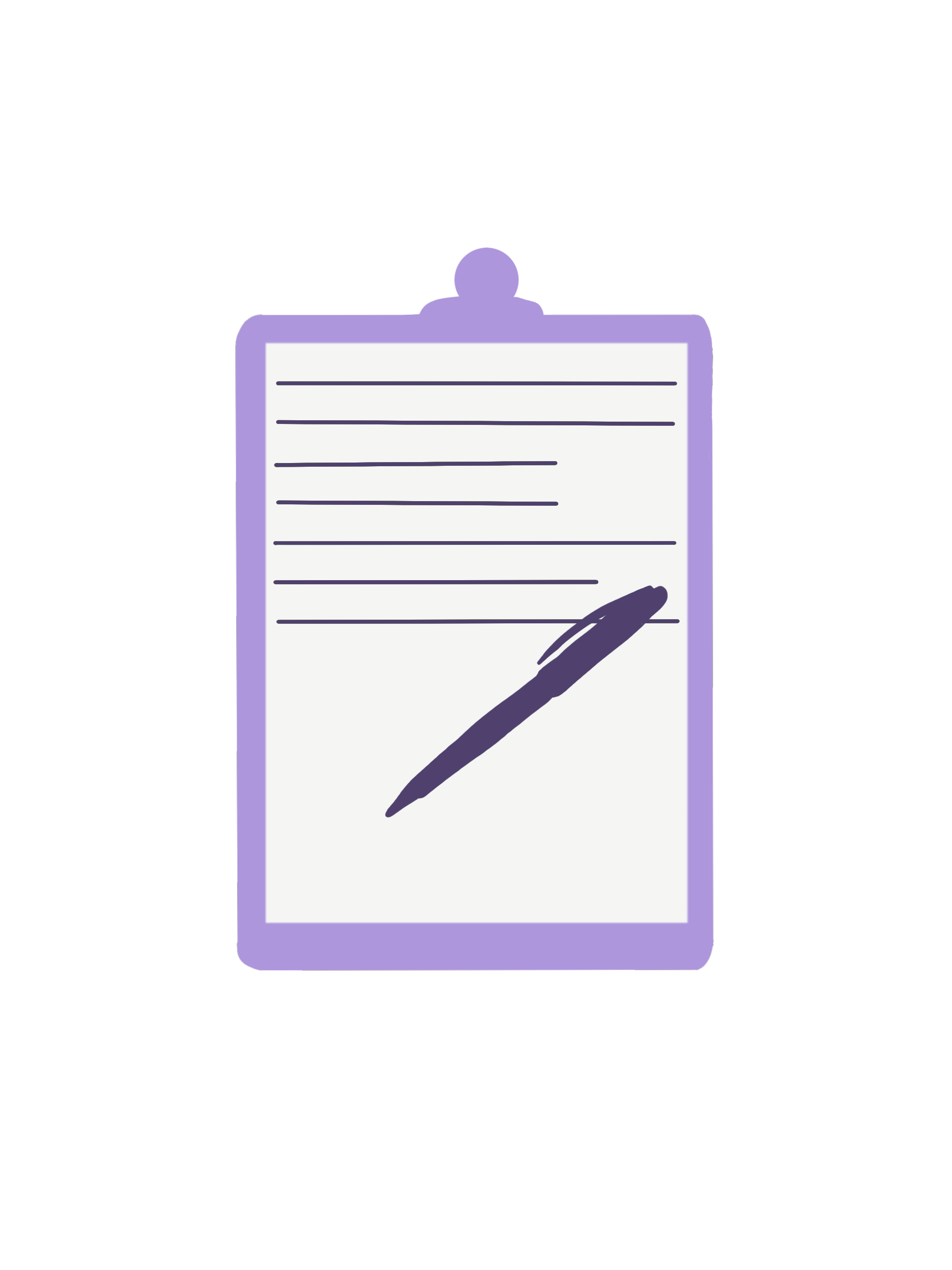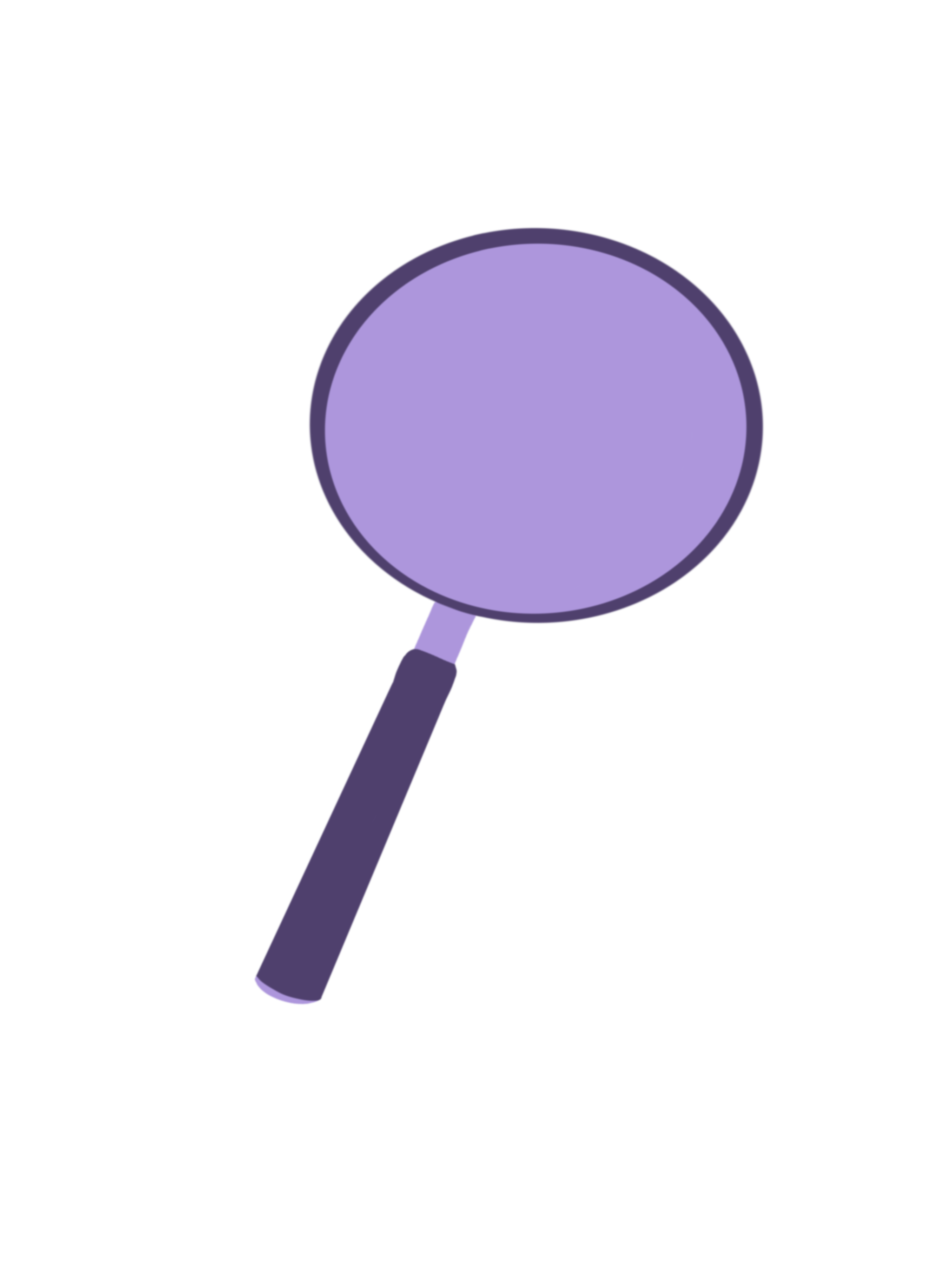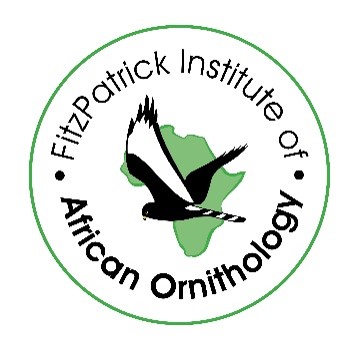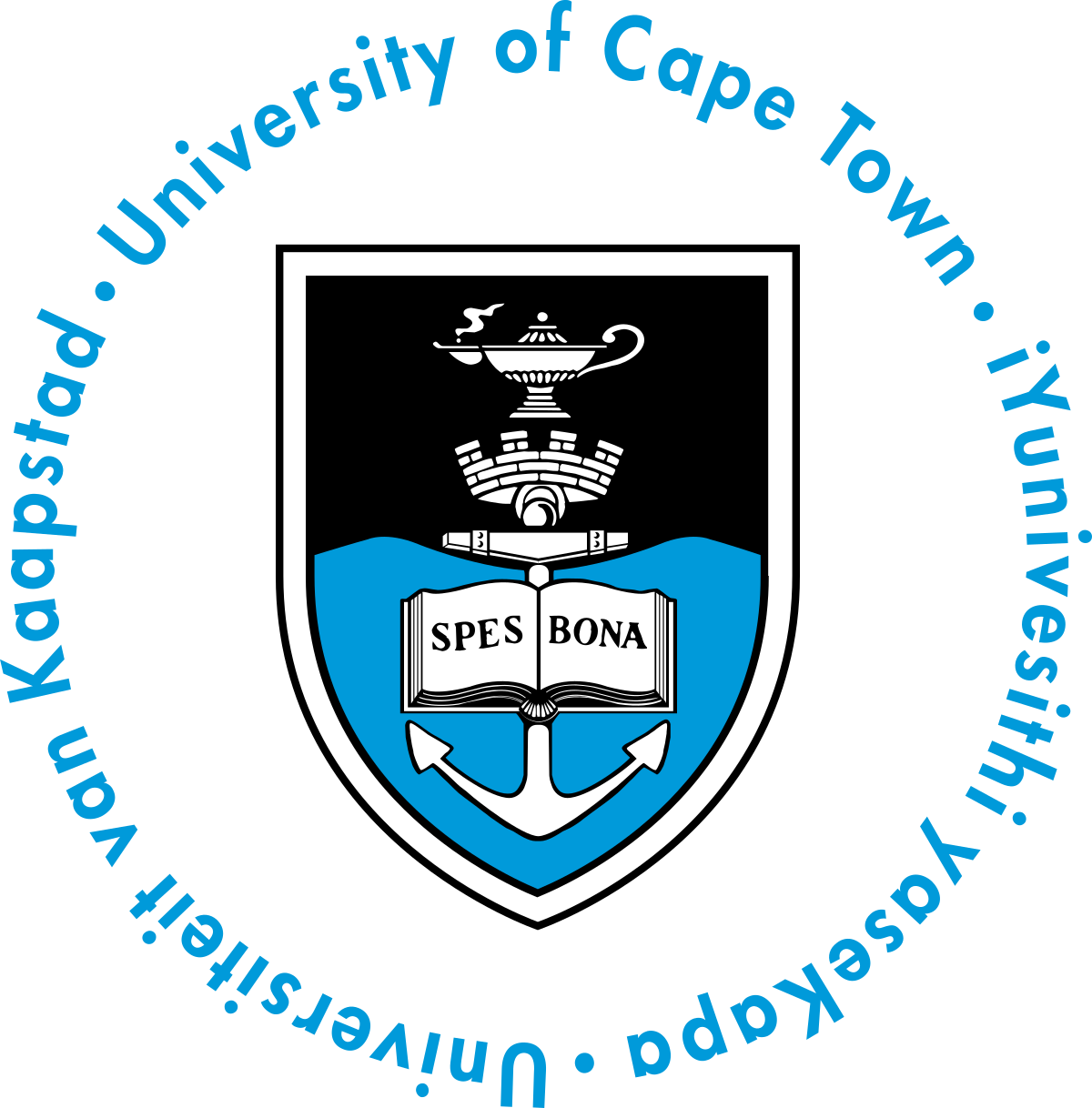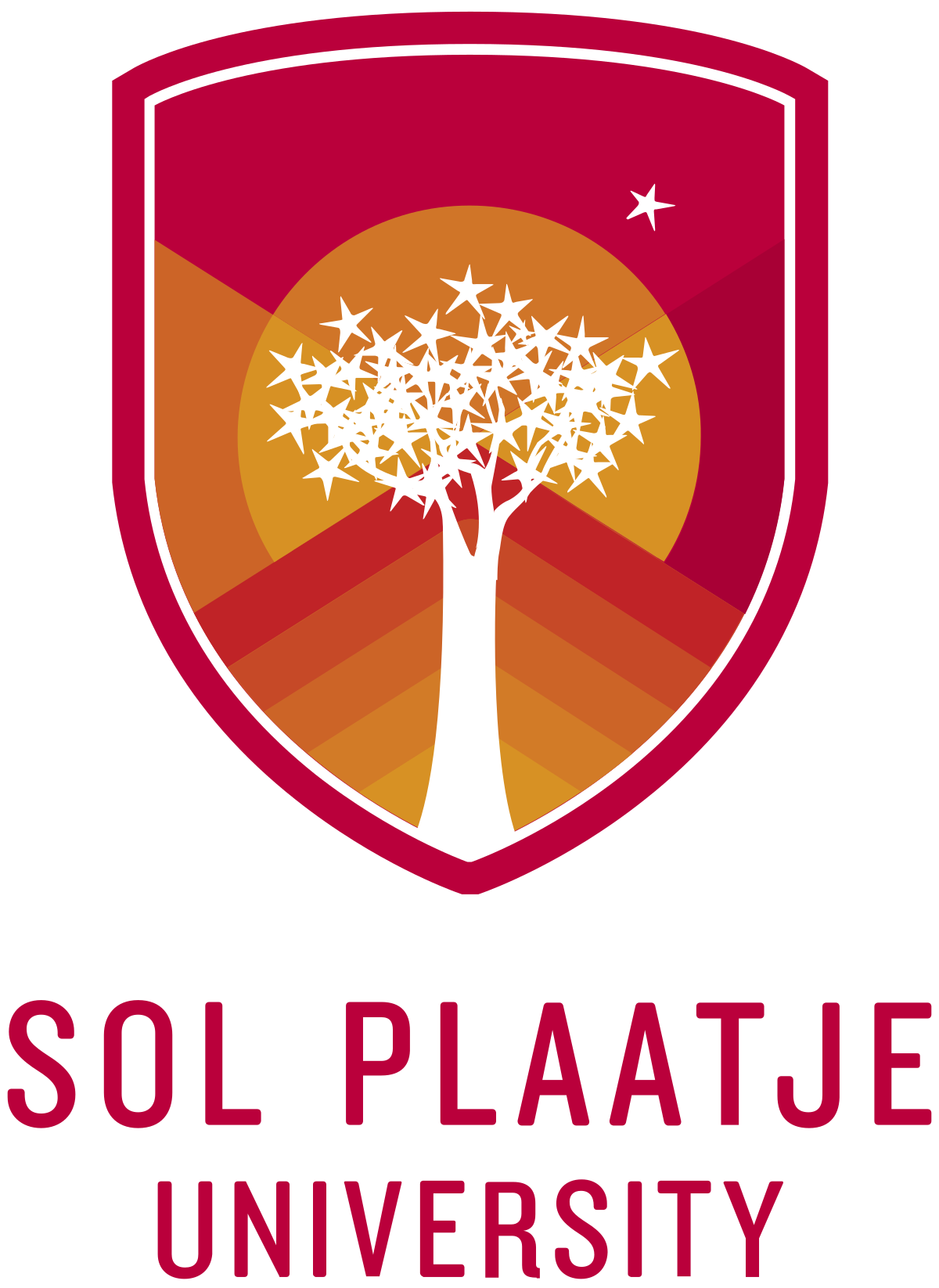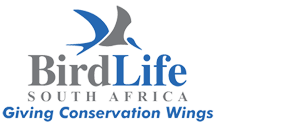The BIRDIE project gathers and interprets data about wetlands and waterbirds to provide information that is useful for decision making. It sources data from citizen science databases, which are checked and analysed using statistical models. An online dashboard lets users access up-to-date indicators about bird distribution, abundance and richness at wetland sites. The information can be used for reporting, management, research and as a resource for birders.
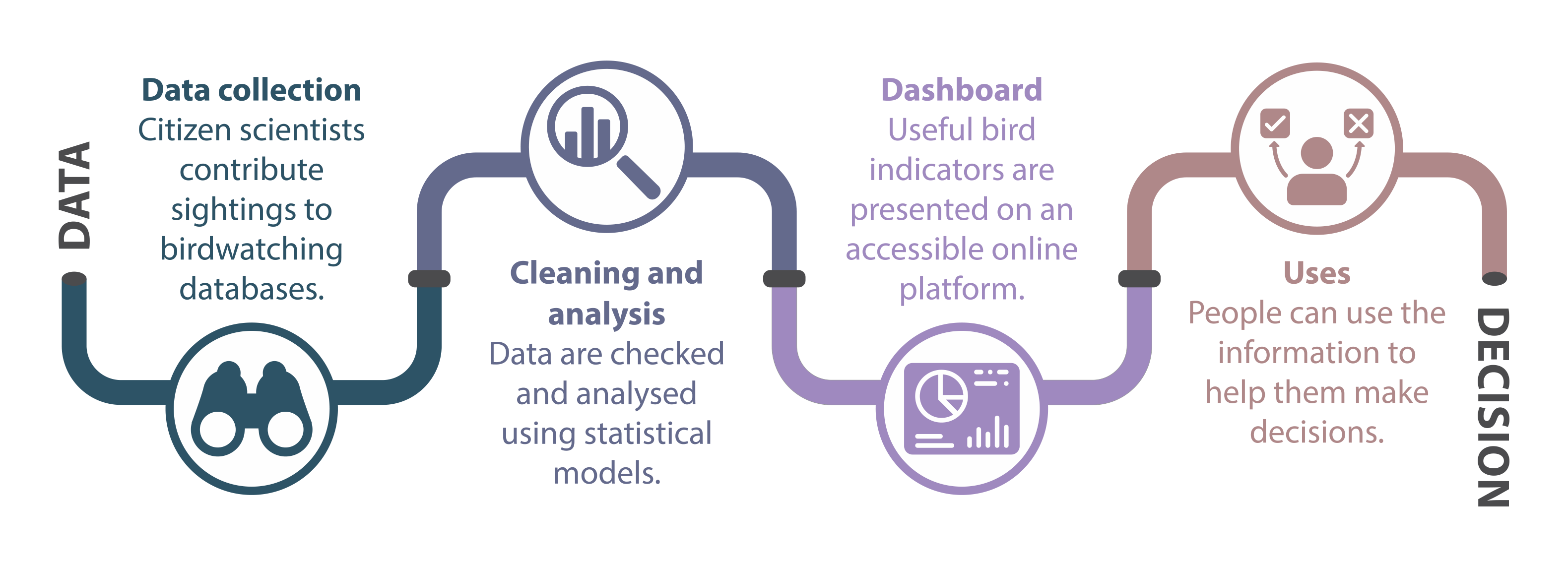
BIRDIE (BiodIveRsity Data pIpelinE) is a data to decision pipeline for wetlands and waterbirds.
Why?
South Africa’s freshwater ecosystems are of international importance and provide many benefits to people. They are also the most threatened (88% of area) and least protected ecosystems (only 2%) according to the Biodiversity Assessment 2018. A lot of data exists for freshwater ecosystems – including records of wetland plants or waterbirds wetlands and river systems. But there is a disconnect between biodiversity data and its use in conservation policy and action. The challenge is bringing together the raw data into something meaningful to help decision makers.The BIRDIE (BiodIveRsity Data pIpelinE) Project developed a data-to-decision pipeline for wetlands and waterbirds. It draws data automatically from the Coordinated Waterbird Counts (CWAC) and Southern African Bird Atlas Project (SABAP), as well as other data layers. With much statistical modelling in the background, it extracts indicators relevant to policy.The resulting BIRDIE website is an online platform for wetland and waterbird data. It makes it easy for decision makers to access data about waterbirds and combine it with information like water quality. The indicators can inform decisions about rehabilitation, management, reporting or protection.
More information is available in Resources>>
Who?
The first phase of the BIRDIE Project took place from September 2020 to August 2023, and was funded by the JRS Biodiversity Foundation. The South African National Biodiversity Institute (SANBI) was the lead agency on the project, and provided expertise in wetlands, national and international reporting, and serving biodiversity information to users. The Fitzpatrick Institute of African Ornithology at the University of Cape Town hosts the two bird citizen science datasets, the Coordinated Waterbird Counts (CWAC) and Southern African Bird Atlas Project (SABAP), and built the interface that allows users to access data. The Centre for Statistics in Ecology, Environment and Conservation at the University of Cape Town co-hosted the project postdoctoral research fellow with SANBI, and provided essential statistical modelling expertise to build the project’s graphs and maps. Sol Plaatje University provided essential bird and ecological knowledge to understand the pressures on freshwater biodiversity in South Africa. The Royal Belgian Institute of Natural Sciences and Seascape Belgium provided expertise in databases and web-development, ensuring that the information is accessible users of the BIRDIE web-platform.
Other key partners on the BIRDIE Project were the Department of Forestry, Fisheries and the Environment, especially through their teams reporting to African-Eurasian Migratory Waterbird Agreement and Ramsar, and BirdLife South Africa.
The BIRDIE Project team drew on the expertise of many other individuals and institutions while developing and testing the pipeline. We cannot name them all here, but give our sincere thanks for all the contributions.


